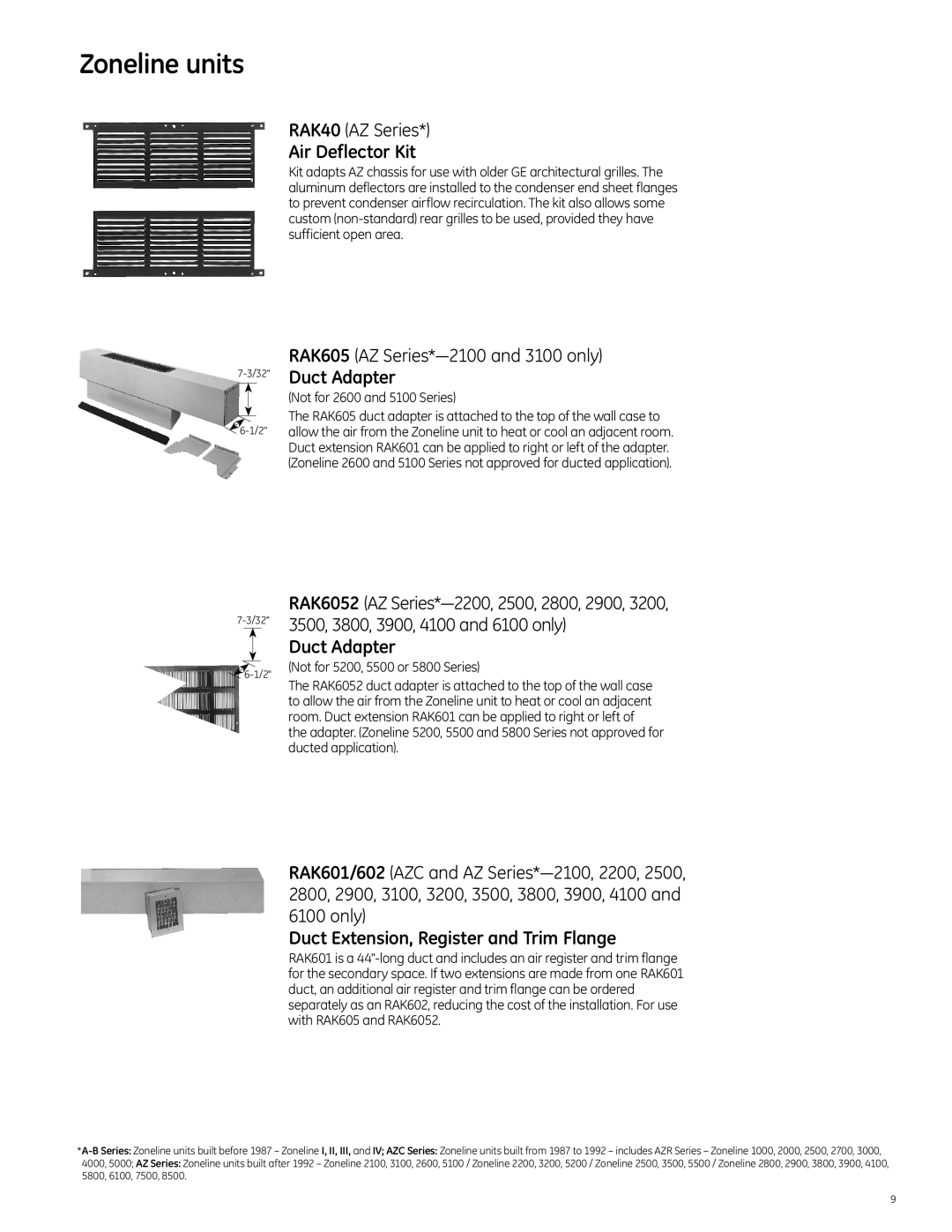2010 specifications
The General Electric (GE) 2010 was a noteworthy entry in the vast portfolio of products and innovations from this iconic multinational conglomerate. Primarily recognized for its advancements in multiple sectors like aviation, healthcare, power generation, and more, GE 2010 stood out for its integration of cutting-edge technologies and forefront features aimed at improving efficiency, sustainability, and performance.One of the key highlights of GE 2010 was its commitment to energy efficiency. The company introduced a range of energy-efficient appliances and industrial solutions that significantly reduced power consumption. GE's focus on sustainable technology was reflected in its advancements in wind and solar energy solutions. The launch of the GE Renewable Energy division provided a broader push towards harnessing natural resources, showcasing wind turbines that were not only more efficient but designed with innovative materials to withstand harsh environmental conditions.
In the healthcare sector, GE 2010 saw the introduction of new imaging technologies. The advent of advanced MRI machines and CT scanners illustrated GE's dedication to precision medicine. These machines utilized cutting-edge imaging technologies such as digital detectors and enhanced algorithms to deliver faster and clearer diagnostic results, ultimately improving patient outcomes.
Another characteristic feature was the growth of GE's digital capabilities. The company recognized the importance of data in driving innovation, leading to the launch of GE Digital, designed to optimize operational performance through the Industrial Internet of Things (IIoT). This platform allowed industries to connect machines, collect data, and analyze performance metrics in real time, paving the way for predictive maintenance and operational efficiencies.
In aviation, GE 2010 was marked by advancements in jet engine technology. The introduction of the LEAP engine series showcased new materials that reduced weight and enhanced fuel efficiency. These engines were designed to meet stringent environmental regulations, signifying GE's role in advancing sustainable aviation.
In summary, GE 2010 embodied the essence of innovation with significant emphasis on sustainability, efficiency, and technological sophistication. Its initiatives across various sectors, especially in energy, healthcare, and aviation, positioned the company as a robust player in advancing the global economy while keeping environmental concerns at the forefront. Through its commitment to pioneering technologies, GE continued to shape industries and contribute to a more sustainable future.

